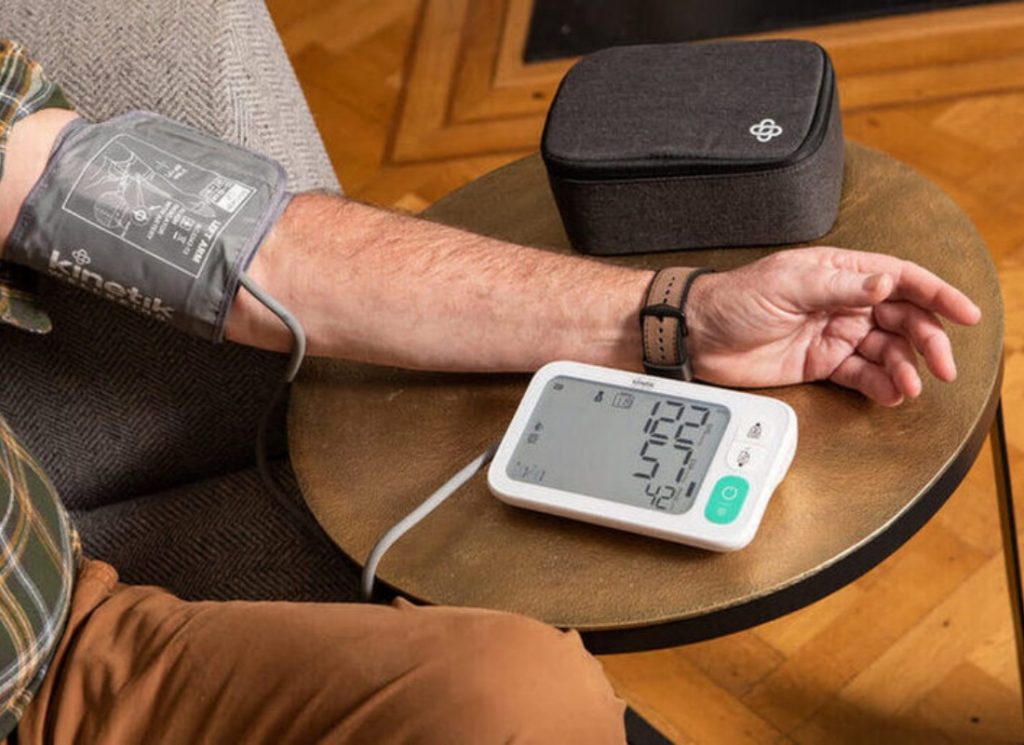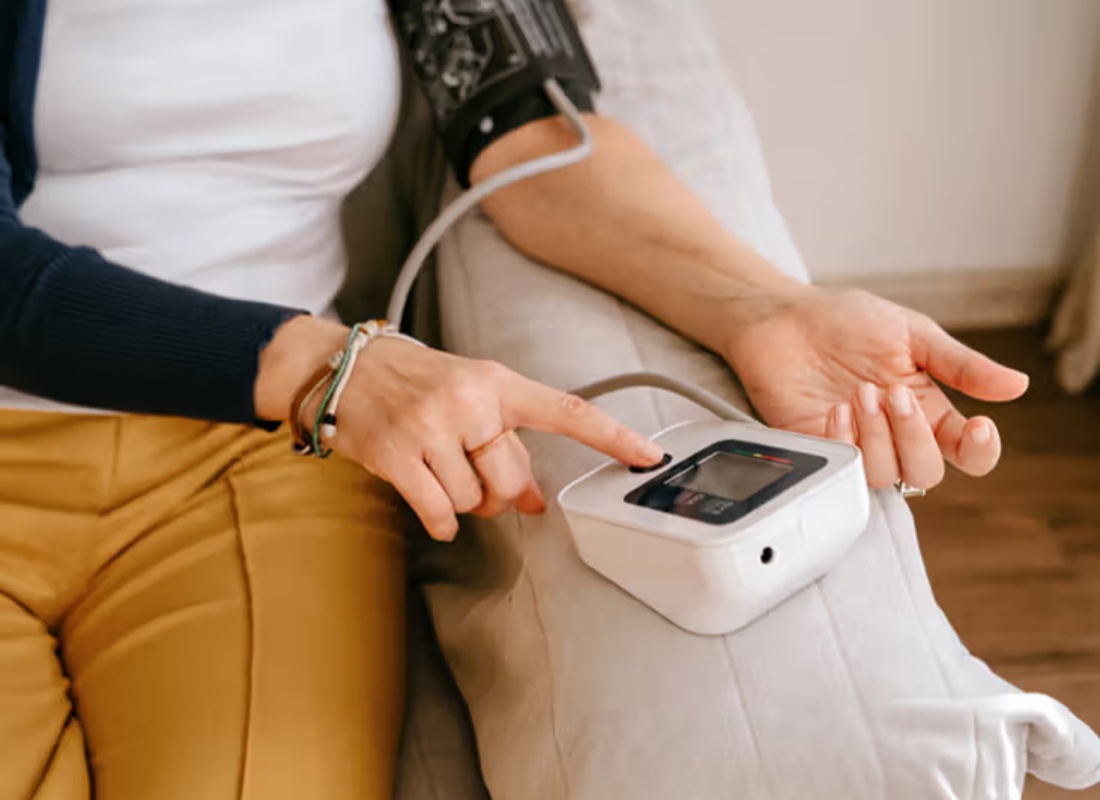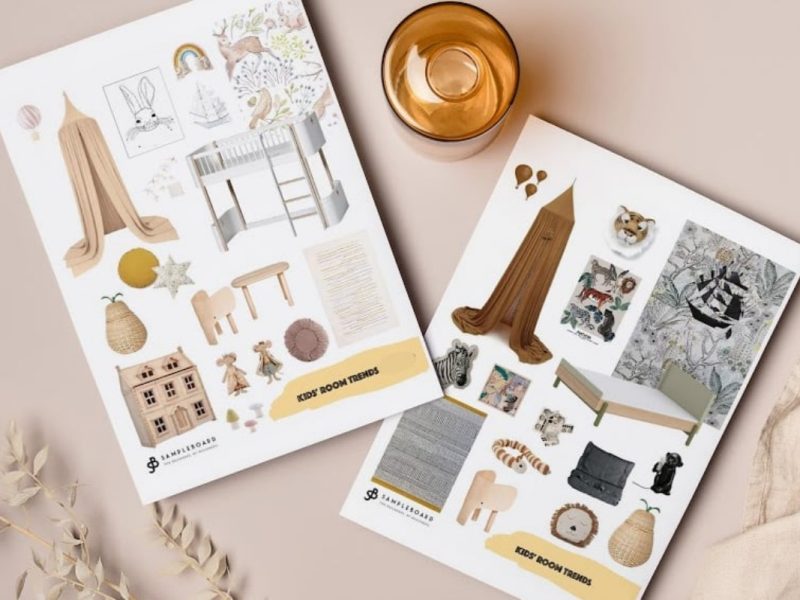The key to easy, accurate checks is knowing a few simple tricks: picking the right machine, prepping your body, and following a consistent routine. You don’t need fancy equipment or a lot of time just a little know how to make sure your numbers are reliable, so you can share them with your doctor or track changes over time.
Choosing the right monitor takes the stress out of the process. Look for an upper arm monitor wrist monitors are harder to get right unless you’re very careful that’s been validated for accuracy most drugstore models have a label saying they meet medical standards. Make sure the cuff fits your arm, too: if it’s too small or too big, your reading will be off. I used to struggle with a wrist monitor that never gave the same number twice, but switching to an upper arm one with a adjustable cuff made all the difference. It’s worth spending a little extra on a model with a large, easy to read display great if you have trouble seeing small text and memory to store past readings no more scribbling numbers down on a piece of paper.
Prepping your body 5 10 minutes before checking makes your numbers more reliable. Sit in a quiet chair with your back supported and your feet flat on the floor no crossing legs! Rest your arm on a table so the cuff is at heart level holding it up or letting it hang down will mess up the reading. Avoid drinking coffee, smoking, or exercising for at least 30 minutes before checking; those things can temporarily raise your blood pressure. I used to jump right into checking after rushing home from work, and my numbers were always high.

Now I sit down with a glass of water and listen to a few minutes of calm music first, and my readings are way more consistent. It’s a small step, but it stops stress or activity from skewing your results.
Consistency is another big part of easy monitoring. Check your blood pressure at the same time every day like morning before breakfast or evening before bed so you’re comparing apples to apples. Take two readings, one minute apart, and use the average of the two your first reading is often a little higher because of nerves. Write down the date, time, and average in a notebook or app tracking over weeks or months helps you and your doctor spot patterns like if your numbers are higher on workdays. I keep a small notebook next to my monitor, and it takes 20 seconds to jot down the numbers. After a month, I could see that my pressure was lower on weekends, which helped my doctor adjust my routine.
Don’t let nerves get to you, either. It’s normal to feel a little anxious about checking, but taking a few deep breaths before hitting “start” can help. If your first reading is higher than expected, wait a few minutes and try again sometimes just relaxing more makes a difference. I used to panic if one reading was high, but now I remind myself that blood pressure changes throughout the day, and one number isn’t the whole story.
Home blood pressure monitoring doesn’t have to be a chore. With the right monitor, a little prep, and a consistent routine, you can get accurate readings quickly no stress, no confusion.



